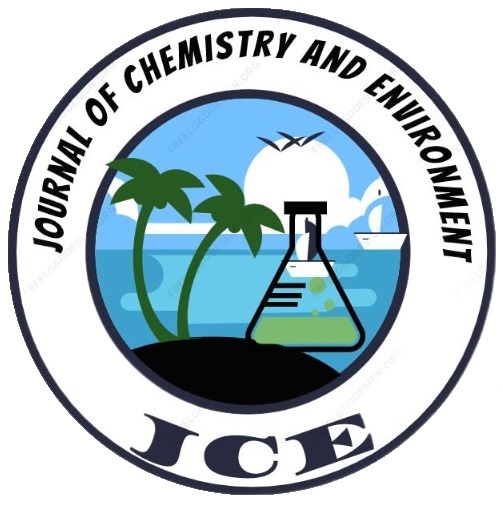Effect of Polyethylene Glycol Concentration on the Structural and Mechanical Properties of Polysulfone-Based Membranes
DOI:
https://doi.org/10.56946/jce.v3i2.469Keywords:
Membrane, polysulfone, polyethylene glycol, membraneAbstract
Water pollution in Indonesia is a growing concern, necessitating the development of advanced treatment technologies. Membrane-based filtration, a promising approach due to its low energy consumption and ability to preserve material properties, has been explored. Polysulfone (PSf), a commonly used membrane material, is known for its thermal stability, chemical resistance, and mechanical strength. However, its hydrophobic nature limits its filtration performance. To enhance hydrophilicity and porosity, polyethylene glycol (PEG) is introduced as a hydrophilic additive. This study investigated the synthesis of PSf/PEG composite membranes with varying PEG concentrations (0%, 9%, and 14%) using the phase inversion method. Characterization of the membranes revealed that increasing PEG content led to thinner membranes with higher porosity, density, and swelling capacity. While Membrane-A (100% PSf) exhibited the highest tensile strength, Membrane-B (9% PEG) demonstrated the greatest elongation. SEM analysis confirmed that higher PEG concentrations resulted in larger and more numerous pores, forming asymmetric structures suitable for filtration. FTIR analysis verified the successful integration of PEG into the PSf matrix. The findings highlight the potential of PEG-modified PSf membranes for industrial wastewater treatment. The M-C membrane, containing 14% PEG, exhibited the highest swelling degree, indicating improved hydrophilicity and permeability. However, increased PEG content also led to decreased tensile strength. The optimized M-C membrane, with a density of 0.9906 g/cm³, a mass of 1.9249 g, and a thickness of 102 µm, meets the requirements for effective water treatment applications. This research contributes to the development of sustainable membrane technologies for environmental management in Indonesia. By addressing the limitations of PSf membranes, PSf/PEG composite membranes offer a promising solution to water pollution challenges in the region.
Downloads
Published
How to Cite
Issue
Section
License

This work is licensed under a Creative Commons Attribution-NonCommercial-NoDerivatives 4.0 International License.
Funding data
-
Kementerian Pendidikan, Kebudayaan, Riset, dan Teknologi
Grant numbers 192/E1/KS.06.02/2022 -
Kementerian Pendidikan, Kebudayaan, Riset, dan Teknologi
Grant numbers 06/PKS/UNJANI/VII/2022


